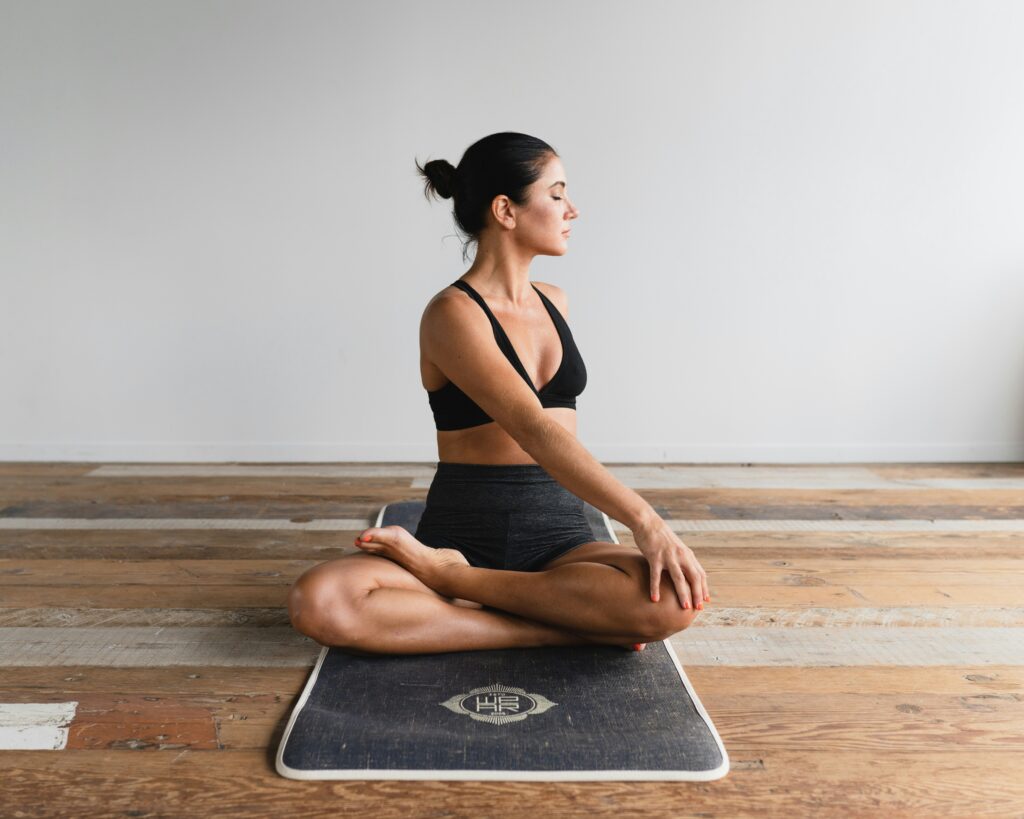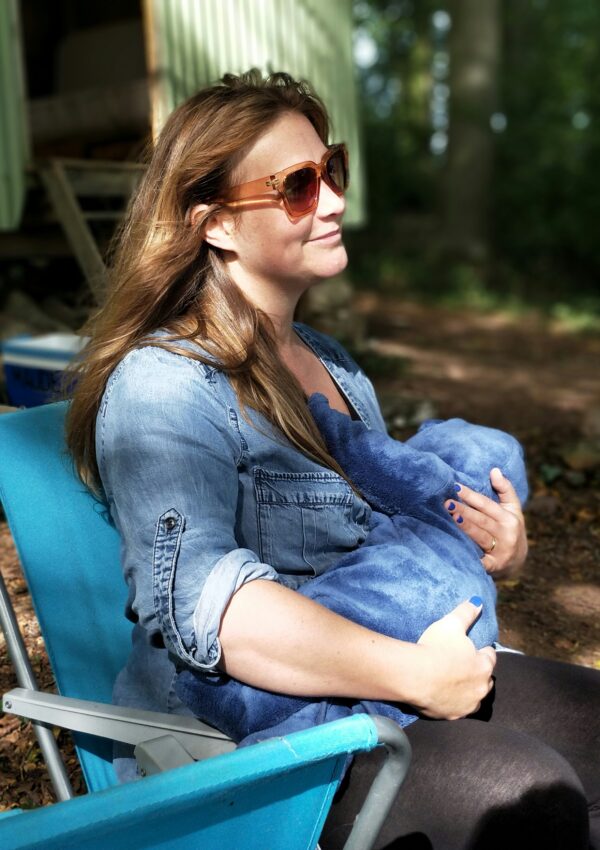Bringing a baby into the world is an incredible experience, but it also takes a significant toll on your body and mind and recovering from childbirth can be challenging. Whether you had a vaginal delivery or a C-section, postpartum recovery is a journey that requires patience, care, and support. In addition to physical healing, it’s just as important to nurture your emotional well-being during this transformative time.
If you’re wondering what to expect after childbirth and how to support your healing process, this guide will walk you through key aspects of postpartum recovery and recovering from childbirth, from managing discomfort to caring for your mental health.
Physical Healing After Childbirth
Your body has just done something amazing, but it also needs time to heal. Whether you had a straightforward delivery or experienced complications, the first six weeks postpartum are crucial for recovery. Here’s what to expect and how to care for yourself.
1. Managing Postpartum Bleeding (Lochia)
After giving birth, you’ll experience vaginal bleeding called lochia, which is your body shedding the uterine lining. This can last up to six weeks, gradually changing from bright red to pink, then white or yellow.
Tips for managing lochia:
- Use heavy-flow maternity pads (avoid tampons to prevent infection).
- Rest as much as possible to prevent excessive bleeding.
- Contact your doctor if you notice foul-smelling discharge, large clots, or excessive bleeding.
2. Perineal Healing After Vaginal Birth
If you had a vaginal delivery, your perineum (the area between your vagina and anus) may feel sore, especially if you had tearing or an episiotomy.
Ways to relieve discomfort:
- Use a peri bottle with warm water when urinating.
- Apply ice packs or cooling pads to reduce swelling.
- Take sitz baths with warm water to soothe soreness.
- Do Kegel exercises to promote healing and strengthen pelvic floor muscles.
3. Recovering from a C-Section
A C-section is major surgery, and healing takes time. You’ll likely feel soreness around your incision site and experience some movement limitations.
C-section recovery tips:
- Keep your incision clean and dry to prevent infection.
- Avoid heavy lifting and sudden movements.
- Support your abdomen with a pillow when coughing or sneezing.
- Take pain medication as prescribed and rest as much as possible.
4. Dealing with Afterpains and Uterine Contractions
Your uterus will shrink back to its pre-pregnancy size over several weeks, which can cause cramping, especially during breastfeeding.
Ways to ease discomfort:
- Use a heating pad on your lower abdomen.
- Take pain relief medication if needed (after consulting your doctor).
- Stay hydrated and practice deep breathing to relax.
5. Managing Breast and Nipple Pain
Whether you’re breastfeeding or not, your breasts may feel engorged, sore, or even leak milk in the first few weeks.
Tips for relief:
- Nurse frequently or express milk to prevent engorgement.
- Apply warm compresses before feeding and cold compresses afterward.
- Use lanolin cream or hydrogel pads for nipple soreness.
- Wear a supportive, well-fitting nursing bra.
Emotional Healing and Postpartum Mental Health
Healing isn’t just about physical recovery—your emotional well-being is just as important. Many new mothers experience a rollercoaster of emotions, from overwhelming joy to anxiety and exhaustion.
1. Understanding the Baby Blues vs. Postpartum Depression
- Baby Blues: Mild mood swings, weepiness, and irritability that typically resolve within two weeks.
- Postpartum Depression (PPD): Persistent sadness, anxiety, or feeling disconnected from your baby, lasting longer than two weeks.
If you’re experiencing prolonged sadness, lack of interest in activities, or difficulty bonding with your baby, seek professional help. PPD is common and treatable with therapy, support groups, or medication.
2. Coping with Sleep Deprivation
Lack of sleep can make recovering from childbirth more challenging. Newborns wake frequently for feedings, making it difficult for parents to rest.
Ways to improve sleep:
- Sleep when the baby sleeps, even if it’s just a short nap.
- Share nighttime duties with your partner or a trusted support person.
- Try relaxation techniques like deep breathing or meditation before bed.
3. Adjusting to Your New Identity
Becoming a mother is life-changing, and it’s normal to feel overwhelmed as you navigate this new role. You might experience moments of self-doubt, guilt, or even a sense of loss for your pre-baby life.
Ways to adjust:
- Give yourself grace—parenting is a learning process.
- Talk openly with your partner, friends, or a therapist about your feelings.
- Make time for small self-care activities, even if it’s just a short walk or a cup of tea.
Nutrition and Exercise for Postpartum Healing

1. Nourishing Your Body
Eating well helps your body heal, especially if you’re breastfeeding. Focus on nutrient-dense foods that promote postpartum recovery.
2. Gentle Postpartum Exercise
While rest is crucial, light movement can aid recovering from childbirth and boost mood.
Heres a link to a Postpartum Yoga routine.
When to Seek Medical Help
Some postpartum recovery symptoms require medical attention. Call your doctor if you experience:
- Heavy bleeding (soaking through a pad in an hour).
- Signs of infection (fever, severe pain, foul-smelling discharge).
- Symptoms of postpartum depression lasting more than two weeks.
- Severe headaches, vision changes, or high blood pressure.
Recovering from childbirth takes time, and every mother’s journey is unique. Postpartum recovery involves both physical and emotional healing, so be kind to yourself and lean on your support system. Prioritize rest, proper nutrition, and mental well-being as you adjust to life with your little one.
Remember, healing isn’t a race—listen to your body, trust your instincts, and take it one day at a time.





